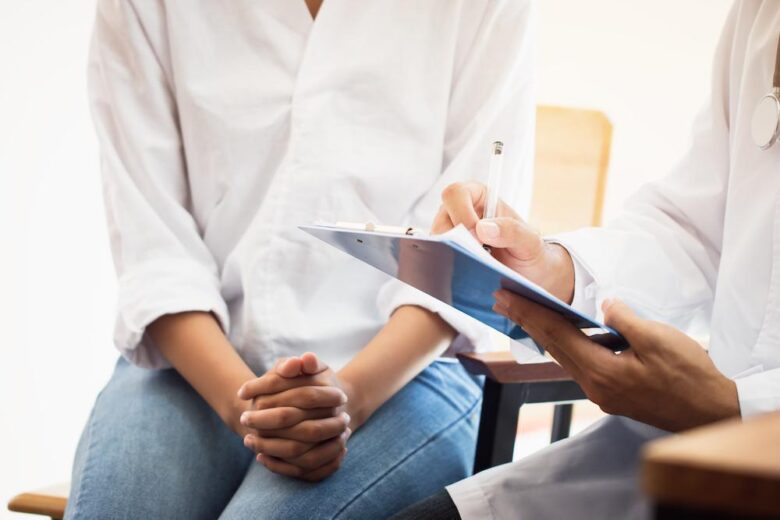How To Manage Endometriosis Pain During Your Period

Endometriosis — when the cells in your uterine tissue go rogue and implant themselves in other areas of your pelvis — causes some big problems.
In addition to making fertility challenging, it also leads to painful sex and bowel movements, which often get worse around the time of your menstrual period.
Whether your symptoms are mild or severe, we can help you resolve them here at IVFMD. We have three Texas locations in Irving, Arlington, and Grapevine, and a team of board-certified experts who have many years of experience diagnosing and treating endometriosis.
We offer cutting-edge treatments using advanced technology to relieve your pain and increase your chances of getting pregnant despite endometriosis.
Meanwhile, you may be seeking ways to simply get through the month without the intensity that occurs when you menstruate. That’s why we’ve compiled this list of pain management tips you can employ during that time of the month.
How to reduce endometriosis pain during your period
There’s currently no cure for endometriosis, but there are plenty of ways to manage the pain when it flares up.
Apply gentle heat
When PMS collides with endometrial pain, your pelvic muscles get a double whammy of painful cramping.
Many women find that a heating pad or a rice-filled sock warmed in the microwave brings much-needed relief. Warm baths can also do wonders by relaxing your muscles and easing tension throughout your body.
Pay attention to hydration
Drink plenty of water to stave off endometriosis pain. Dehydration causes electrolyte imbalances that can lead to and exacerbate cramping, so keep some water close by at all times.
Use OTC pain medication
When the pain hits hard, often all it takes is a little over-the-counter pain medication to make it subside. Ibuprofen (Advil®) or naproxen (Aleve®) can bring you quick relief.
Get healthy
The healthier and stronger your body is, the better it’ll be able to manage the effects of endometriosis. Focus on eating healthy foods, limiting alcohol and other harmful substances, and getting plenty of exercise.
Keep a diary of the foods and situations that trigger your endometriosis flare-ups and those that ease your symptoms.
For example, one study showed that fish oil may reduce endometriosis-related period pain, and another study found that women who consumed higher levels of transfats common in fried foods are more likely to develop endometriosis.
Our team can help you develop an endometriosis-friendly diet.
Get hormonal help
In some cases, oral contraceptive pills can reduce endometrial pain by making your periods shorter and lighter, reducing inflammation, and decreasing the growth of endometrial tissue outside your uterus.
We may prescribe Lupron-Depot®, which temporarily shuts down your production of estrogen and stifles the growth of endometrial tissues.
Get rid of endometrial lesions
If your symptoms are severe, we may perform a laparoscopy to view your uterus and pelvis from the inside. The long, narrow, tubular instrument has a tiny lighted camera at the tip that allows us to get a more accurate view of your endometrial growths.
If necessary, we can even remove endometrial tissue with the same instrument.
Which treatment is best for your endometriosis pain?
Endometriosis doesn’t come with a one-size-fits-all treatment. It’s likely that you’ll try several methods before you land on the one or ones that work best for you.
The right treatments also depend on factors like whether you want to become pregnant or you’re past your childbearing years. Talk to our team about your symptoms, your pain, and your plans, and we can help you find the right treatment.
To schedule a consultation at any of our three locations, call or click today.
- Special IVF Protocols for Diminished Ovarian Reserve - February 5, 2025
- Is IVF the Right Choice? - March 2, 2024
- What to Consider When Choosing a Fertility Clinic - February 29, 2024